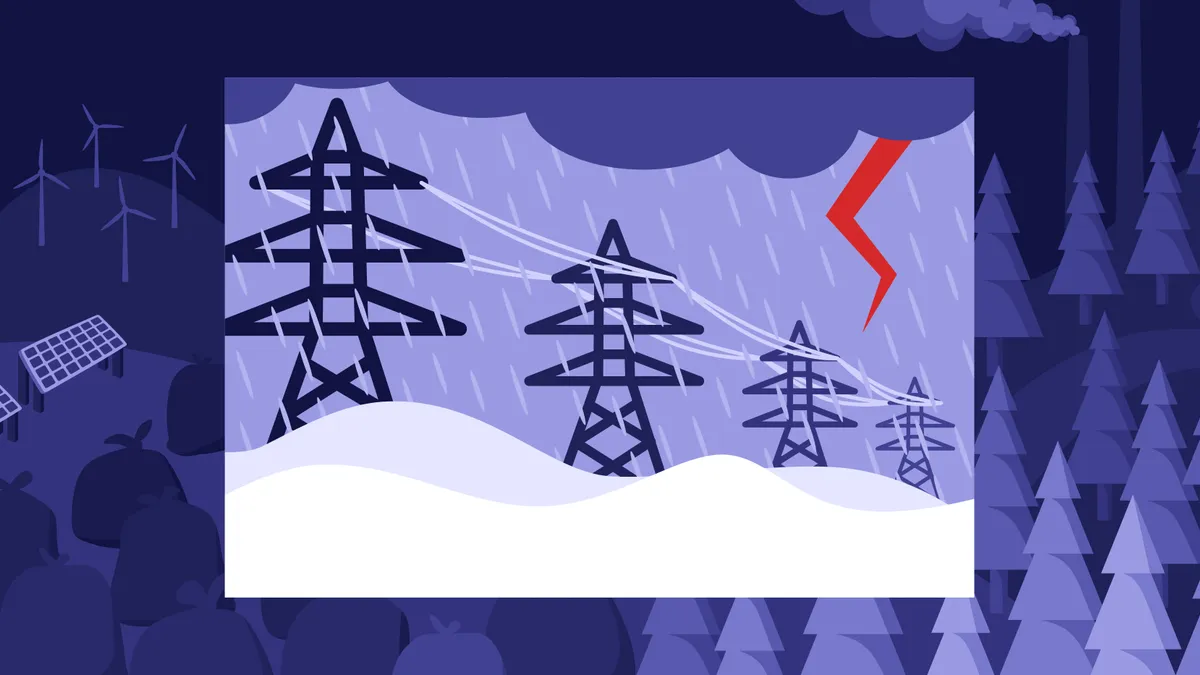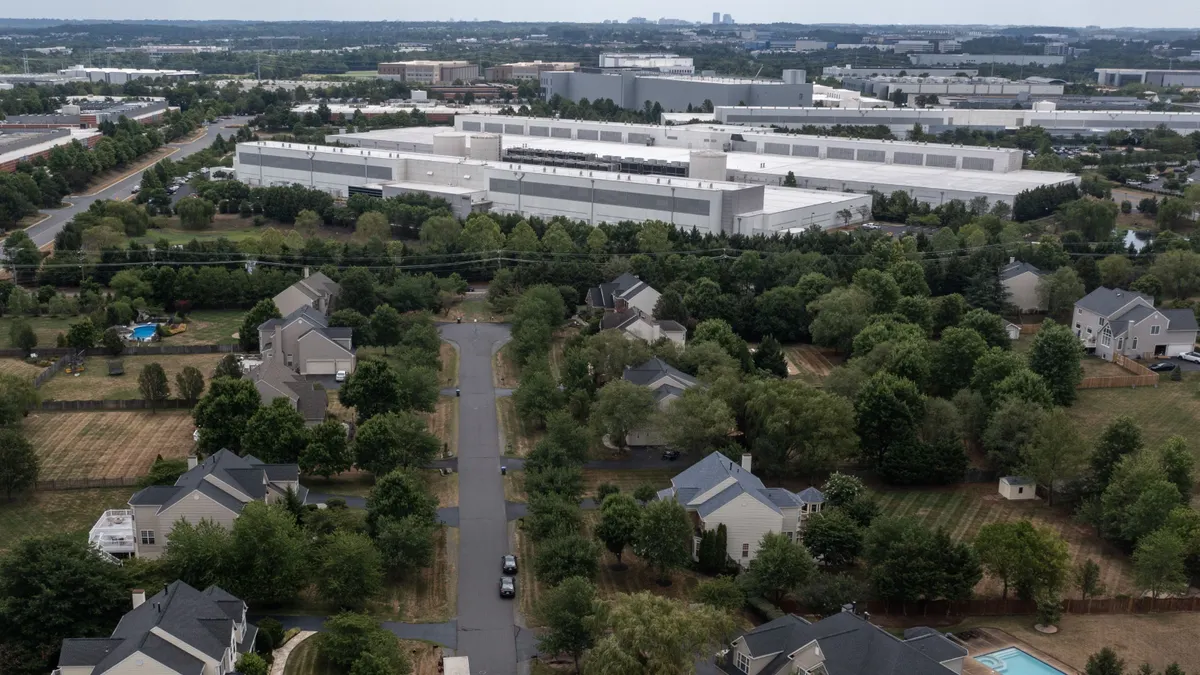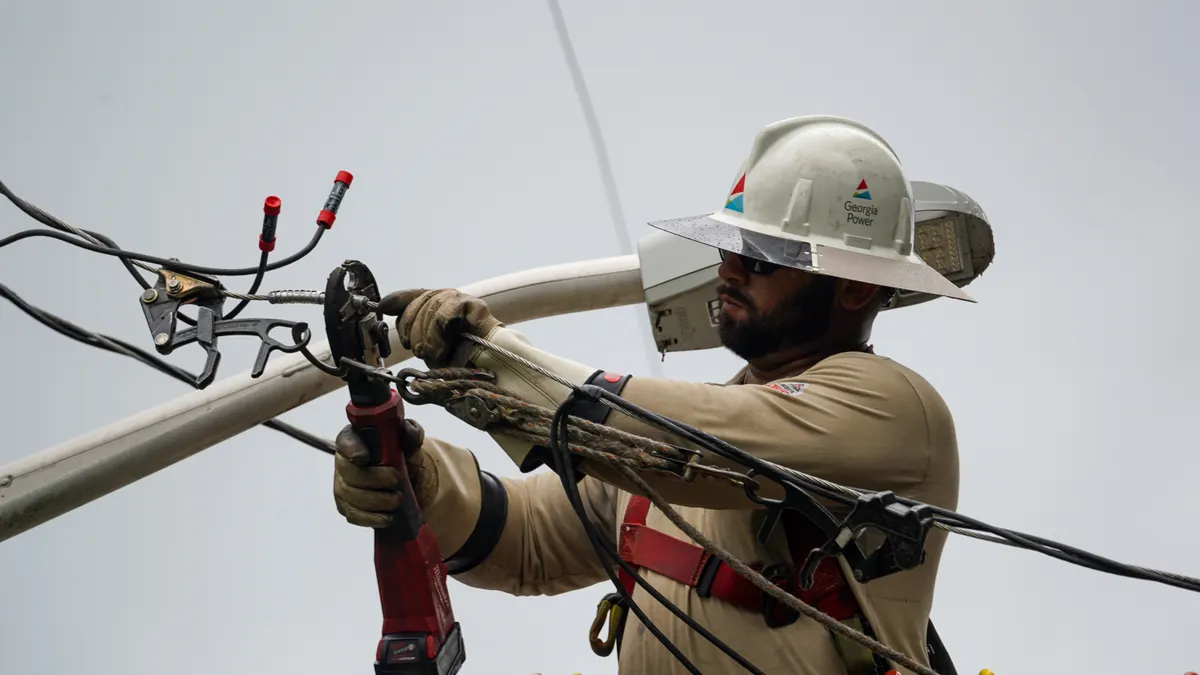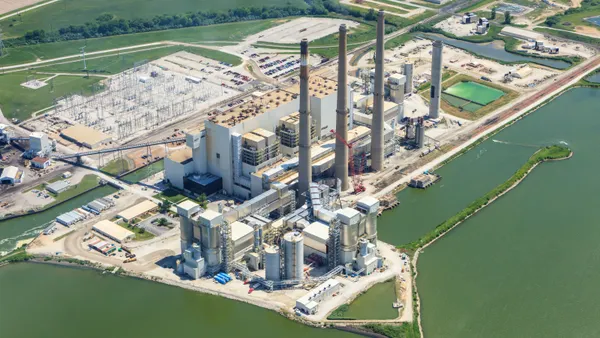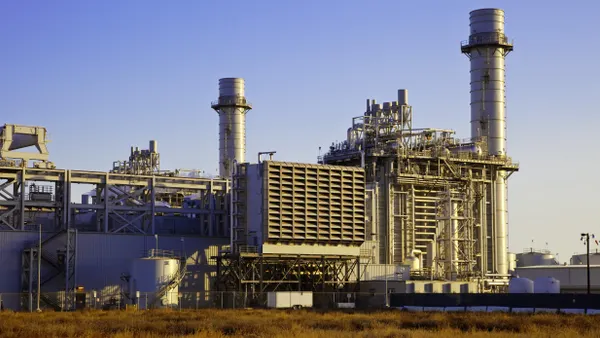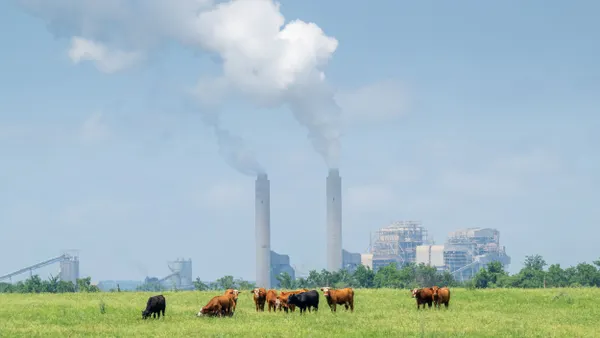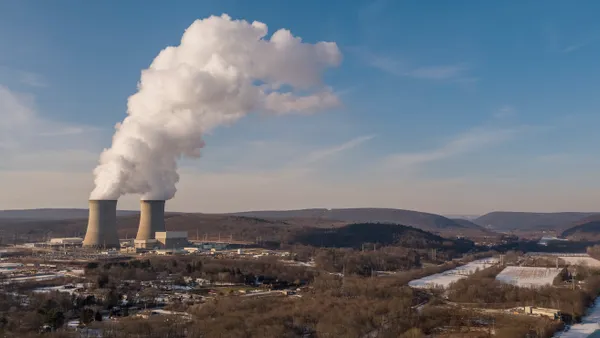Dive Brief:
- The New York Power Authority (NYPA) has commissioned a study to examine the risks posed by climate change and extreme weather to its operations and power plants, which generate about a quarter of the state’s electricity.
- NYPA is teaming up with researchers at the Argonne National Laboratory on a micro-level, analysis of the potential threats, seeking to understand changes on a neighborhood-sized level, according to a spokesperson for the power authority. The calculations are so “computationally intense” it would take 3,000 years to do on a standard laptop, Argonne noted in a press statement.
- Argonne, a U.S. Department of Energy science and engineering research center, will also develop a climate resiliency plan for NYPA based on measures it can take to mitigate potential impacts to its 16 power plants and network of 1,400 miles of power lines. “It’s imperative that NYPA assess the vulnerability and sensitivity of its generation and transmission systems to climate-driven risks such as increased flooding and extreme temperatures,” said Gil Quiniones, NYPA president and CEO, in a statement.
Dive Insight:
NYPA relies heavily on hydropower, which generates more than 80% of the electricity it produces. But hydropower is affected by climate change, especially as rainfall changes in both volume and intensity, said Adrienne Lotto, chief risk and resilience officer for NYPA.
“We want to optimize the utilization of water from our hydro-electric plants,” Lotto said. “Water level and being able to manage the water level effectively and efficiently is important.”
“In layman’s terms … if all the water comes at once, and assuming the basin is full, the water may be spilled” Lotto said. “There is only so much generation we can create through our hydropower plants.”
However, Argonne’s assessment will be much more localized than is typical with climate change assessments, zeroing in on changes within a 12-kilometer-by-12-kilometer grid cell, said Thomas Wall, program lead for engineering and applied resilience at Argonne. Typically, such assessments look at much larger grids of 100 kilometers or more.
However, armed with topographical and ground cover information, Argonne, when forecasting the threat of future flooding, will be able to narrow that range down even more dramatically to a 200-meter-by-200 meter grid cell, Wall said.
"Now we are talking about a football field-level resolution,” Wall said. “Flooding is also going to be huge one {concern} and this is a big component of what we are going to be looking at for NYPA.”
This more localized approach, in turn, will enable the NYPA to zero in on potential changes that could impact individual power plants and other pieces of infrastructure, such as substations, Lotto said.
For example, if a new facility is being planned for a coastal area, Argonne’s modeling could help determine which side of a highway to build on based on the likelihood of flooding, according to Argonne.
The impact of more extreme rainfall and coastal flooding is not the only thing Argonne will be looking at.
Utilities have gathered a fair amount of information over the years on the impact of ice on their transmission lines, but the study will look at the impact that extreme heat, another manifestation of climate change, might have on transmission infrastructure as well, Lotto said.
Columbia University’s Center on Global Energy Policy (CGEP), and the Electric Power Research Institute will also play a key role in the study as well.
CGEP will provide input in the early stages on Argonne’s approach, while later serving "on the results review panel,” that will review Argonne’s hyperlocalized climate modeling, “providing feedback on the outputs, insights, and any corresponding recommendations,” according to NYPA. The power authority has budgeted $1 million for the first phase of a four-year study.


